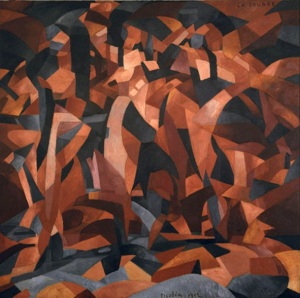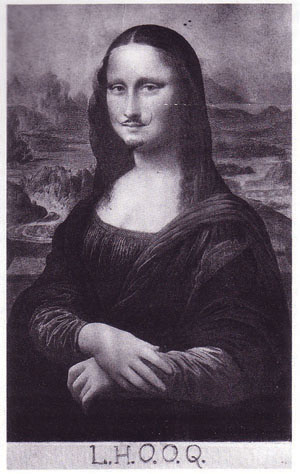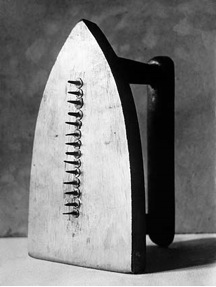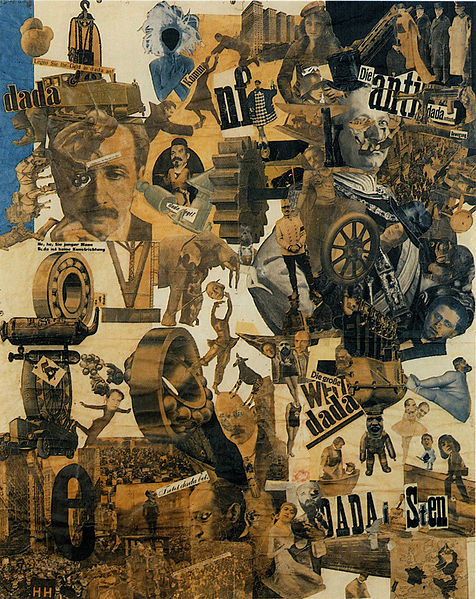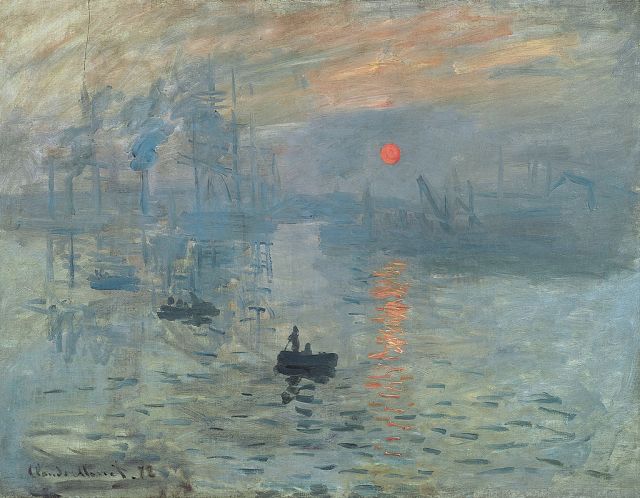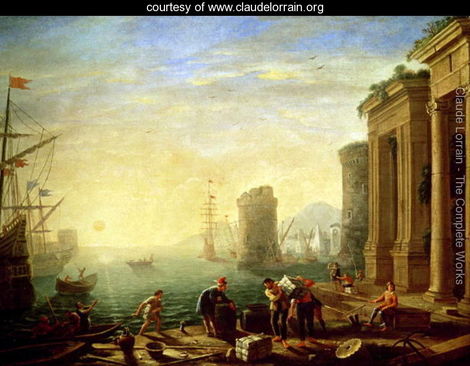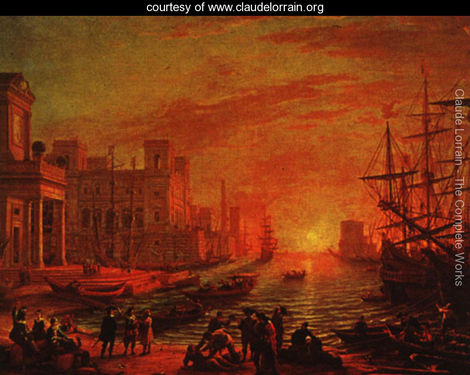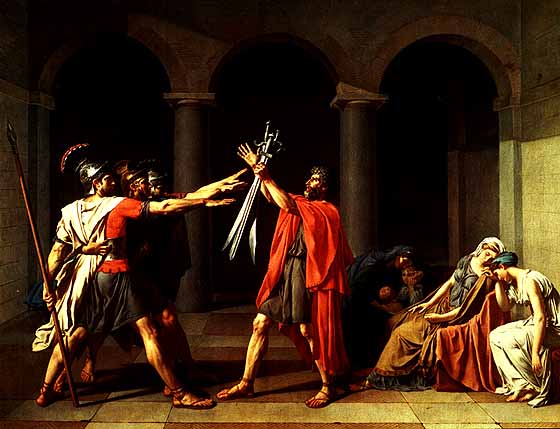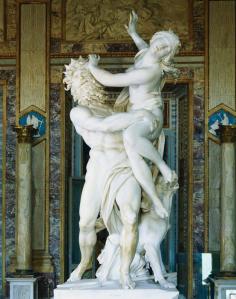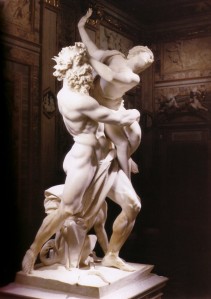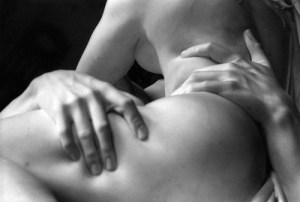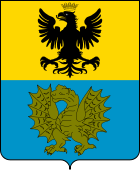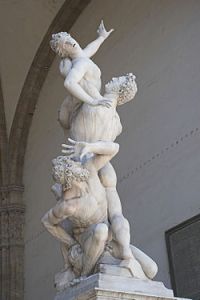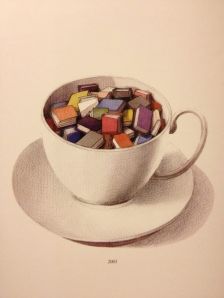Street art, specifically, chalk drawings, a new dimension on public art, or is it?
Chalk drawings on street sides can be connected to Italian Madonnari of the 16th century. These artists would travel between festivals just like minstrels performing artwork for patrons. Given the times and political/religious climate of Italy it is easy to understand why the subject matter employed by this artist was of Madonna (St. Mary) hence their name. Passing patrons would toss coins to the artists either for their skill or in respect to the subject matter. Their utensils used were chalk, brick, charcoal and colored stones.
Street art in the form of chalk drawings survived the many wars throughout the centuries and is still alive today. Kurt Wenner was the first American artist to join the Italian madonnari in the early 1980s. Wenner traveled to Rome, Italy in 1982 and worked with Manfred Stader on madonnari drawings. Wenner returned to the US the same year to introduce America to Italian street painting. Wenner is a graduate of the Rhode Island School of Design and Art Center College of Design and had previously worked for NASA as a scientific space illustrator. He left NASA in order to pursue his love of classical art, and ended up in Rome, Italy. Wenner felt that classical artists from the Renaissance had skills that were far beyond what 20th century artists display today. His goal has been to bring classical traditions to the contemporary artist. He created an art form all on his own. With inspiration from Baroque style ceilings, Wenner wanted to bring the same illusion to viewers on the street, thus he created 3d illusion street art.

The Muses by Kurt Wenner – Lucerne Switzerland (1986). This painting is strongly reminiscent of the Renaissance era art. Each of the muses in this piece of art is cherubic and of course, naked. The detail here is amazing, there is so much color and Wenner utilizes chiaroscuro amazingly. There is definite attentive detail employed on the bodies of each of the muses, giving them the Renaissance look, detail in the skin, musculature and detail in the limbs. And as with early Renaissance none of the subjects eyes are open or looking at the viewer or visible. Here we see how much Wenner wanted to return Renaissance quality art to contemporary artists.

Tower of Babel Festa Italiana, Pioneer Square, Portland, Oregon (no date found). Here again Wenner displays his fascination with the Renaissance era. This piece has a lot of the same elements as the one before, however this one has less in the way of color, however it still seems realistic. A little of this appears to be influence by Baroque era fascination with realism, we see this in the bodies which are not altogether as idealistic as the Renaissance depictions, also they are clothed. Even as a photo, this drawing depicts depth and it is hard to remember that this is done on a flat surface when your eye continues down the Tower at the bottom.

Spiderman Universal Studios, Japan (no date). Probably one of Wenner most contemporary pieces. After Wenner’s intensive study of Renaissance art helped him to develop his own style, he researched more on art techniques. He spent a lot of time in libraries looking for specific texts on the subject. He became fascinated with Artistic geometry and linear perspective. We see this here in this piece. Wenner uses linear perspective in all of his 3d drawings but it is never more present than in this piece where we are viewing the subject almost from the top looking down. Wenner’s style reminds me of the Baroque era artists which focused a lot of minute detail and realism. The buildings have extensive detail rendering them realistic while the body of Spiderman is at once idealistic but realistic at the same time.
Another 3D pavement artist is Julian Beever. Beever is probably the most well known 3d pavement artist given that there is always that one email about amazing street art circulating emails. I know I’ve received it a few times and a lot of what I found in the forward was work done by Mr. Beever. Beever attended Leeds Met. University in UK ’79-’83. His introduction to street art was as a busker, first doing 2D pieces in order to help fund his travels. Beever had always been drawn to the 3d style but didn’t start until his time in Brussels when an old garden had been removed leaving a rectangle of paving slab empty. Beever decided to draw a swimming pool in the middle of the high street. Since then he has been dubbed”the Pavement Picasso.”

Still There in the Morning by Julian Beever (place and date unknown). This is a very interesting piece in that it appears to be a work in progress, with the supposed film over the top and the tape (or boards) around the edges. However, it is a complete piece showing how street artists may seek to preserve their work. There is even the message “PLEASE DON’T TOUCH” at the top of it. This is a very realistic piece given the “tears” in the plastic, the large one allowing a peek at the “finished” product, the box underneath holding the plastic away from the canvas. All in all, a very impressive and realistic piece.

Beever seems prone to doing inset pieces. Here is Batman and Robin place and date unknown. This is an impressive piece as well, Beever not only uses the street but the wall in his work as well, transforming the small separating wall into the top of a building where Batman and Robin are rescuing him from a fire. There is a lot of detail in this piece even though it appears to be a part of a comic strip. There are vehicles coming out of the “tunnel” to the top left, there are people watching from the building across the “street” and the crowd as well as the police cars are proportionate to the scene. The flames and smoke rising are almost realistic.

Taking the Plunge by Julian Beever no date or place found. As noted before Mr. Beever does a lot of his work as inset pieces giving the illusion that there is not a sidewalk there. Here in this piece he even uses the stairs on the top right, with the water running down almost as though it is part of the waterfall. Just as with the Tower of Babel it is hard to remember that this is art done on a flat surface, the eye follows the water and the dock piling down to the water. Beever even makes the water appear to move with the way he depicts the frothing of the water as well as the reflection and ripples present.
Both of these artists not only show off their 3d skills in public places but also perform their art in public spaces allowing the viewer to see their techniques and skills in action. Both these types of art remind me of the Renaissance sculptures. Each street drawing is meant to be scene from one angle where you can fully appreciate the efforts that go into 3d painting, sculptors of the Renaissance period did their sculptures with this in mind, the whole of the art work was meant to be seen and interpreted from one focal point.
Given that chalk drawings on the street are ephemeral it is a little hard at first to see the economical sense in it. However, this art is meant to be in the public eye so both artists are commissioned by large companies to advertise their products outside instead of on tv and on the ground where everyone can see them rather than on a billboard which not everyone sees. It’s all in all a very interesting and fascinating form of art which is still employed today.
Works Cited
“Julian Beever.” Julian Beever. N.p., n.d. Web. 6 Aug. 2014. <http://www.julianbeever.net/>.
“Kurt Wenner – Master Artist and Master Architect.” Kurt Wenner – Master Artist and Master Architect. N.p., n.d. Web. 4 Aug. 2014. <http://kurtwenner.com/>.
“Street art.” Wikipedia. Wikimedia Foundation, 8 Mar. 2014. Web. 6 Aug. 2014. <http://en.wikipedia.org/wiki/Street_art>.

